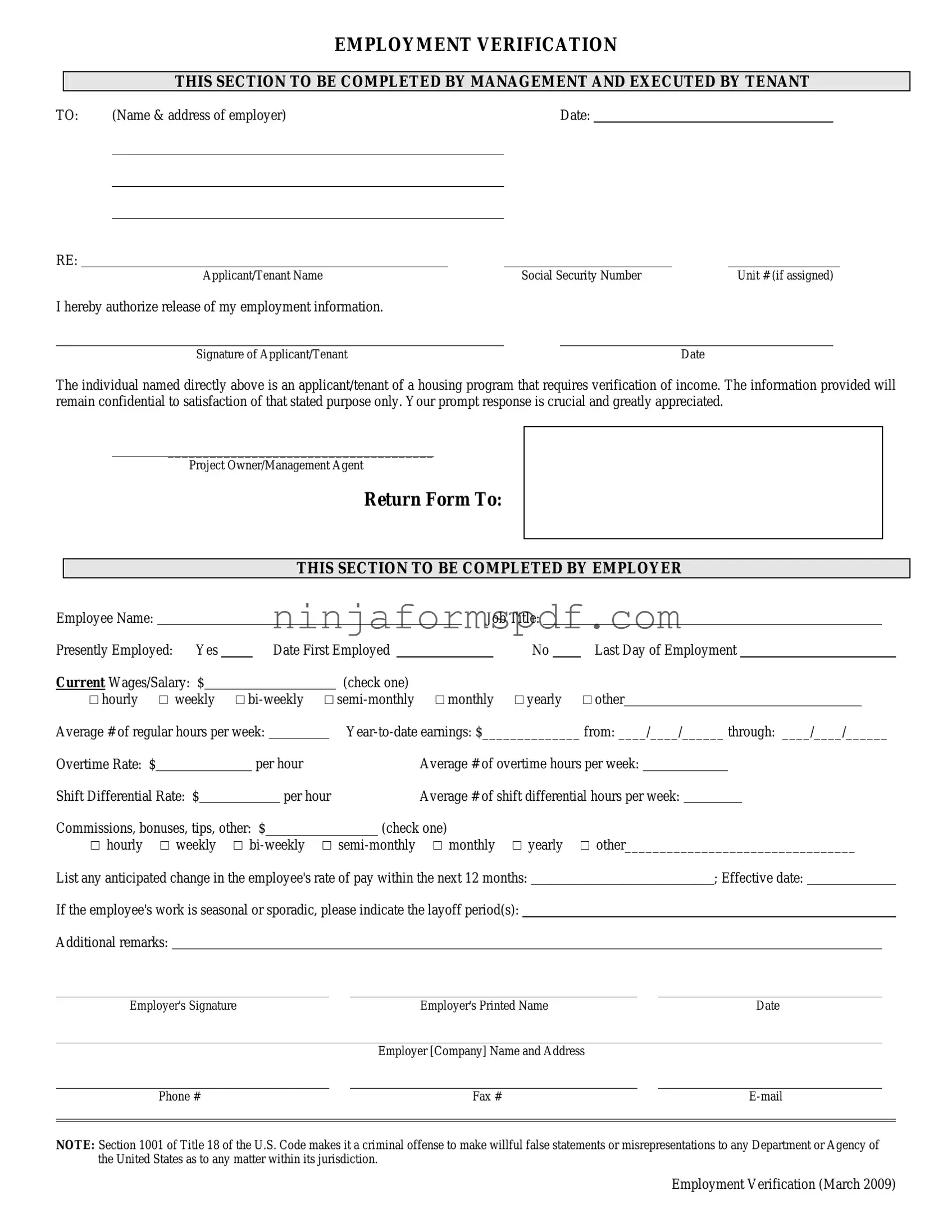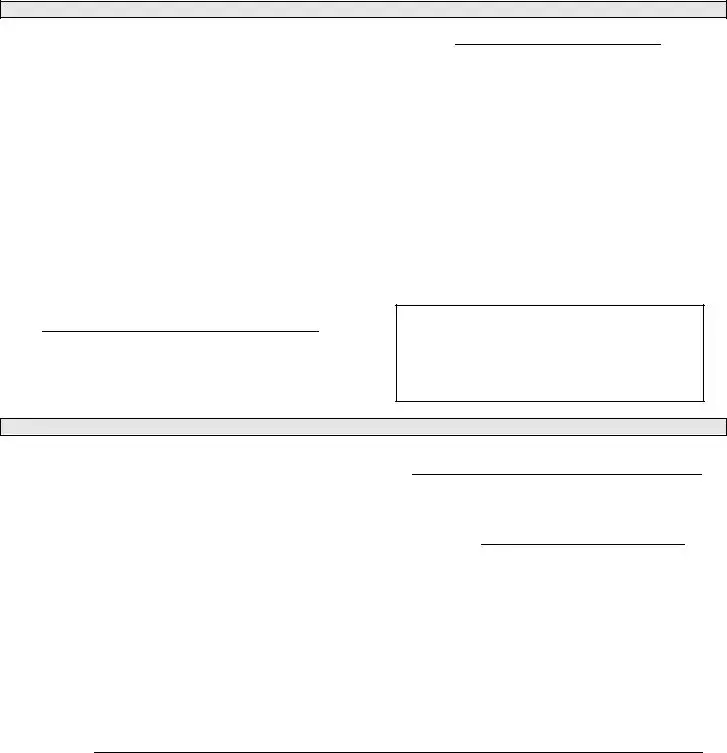The W-2 form bears resemblance to the Employment Verification Form in its function of confirming an individual's employment details. However, the W-2 specifically reports an employee's annual wages and the amount of taxes withheld from their paycheck. It serves a dual purpose: providing essential income information to the Internal Revenue Service (IRS) and ensuring employees have the data needed for tax filing.
Similar to the Employment Verification Form, the I-9 Employment Eligibility Verification form is a mandatory document for verifying the identity and legal authorization to work of all paid employees in the United States. The I-9 distinguishes itself by requiring employees to present specific documents that prove their eligibility to work, which the employer must examine and verify.
The Pay Stub, or paycheck stub, shares similarities with the Employment Verification Form in that it provides proof of employment through detailed information on an employee’s earnings. However, it goes further by breaking down wages, tax withholdings, and any other deductions from an employee's earnings, offering a snapshot of their net pay for each pay period.
The Job Offer Letter, while more informal than the Employment Verification Form, serves a related purpose by confirming an offer of employment. It details the position being offered, salary, start date, and other terms of employment, acting as preliminary verification of a job commitment before any official hiring documents are signed.
Reference Check Forms are akin to the Employment Verification Form in their role of validating an applicant's employment history. These forms, however, focus specifically on gathering feedback from previous employers about an applicant's job performance, reliability, and workplace conduct, rather than merely confirming employment dates and positions held.
The Employee Background Check Report is another document related to the Employment Verification Form, used by employers to verify a candidate's employment history, as well as to check for any criminal records, education, and other relevant information. This comprehensive report aids in making more informed hiring decisions.
The Proof of Employment Letter, or employment verification letter, closely parallels the Employment Verification Form in its functionality. This letter is usually drafted by an employer to confirm an employee's current or past job status, job title, and salary. It is often requested by financial institutions for loan or mortgage applications.
The Work History Form, similar to the Employment Verification Form, is employed during the hiring process to obtain a comprehensive view of an applicant’s previous employment. It requires applicants to list their past jobs, duties, and reasons for leaving, offering employers insight into an applicant's employment background and experience.
The Tax Return Transcript, although primarily a tax document, can function similarly to the Employment Verification Form by providing a summary of an individual’s tax return as filed with the IRS. This includes information on the individual’s income, which can serve as evidence of employment and financial stability.
Last but not least, the Professional License Verification is in the same family as the Employment Verification Form, focusing on the confirmation of an individual's professional credentials. This verification ensures that the individual holds the required certificates or licenses to perform a job, directly supporting their professional qualifications and employment eligibility.

